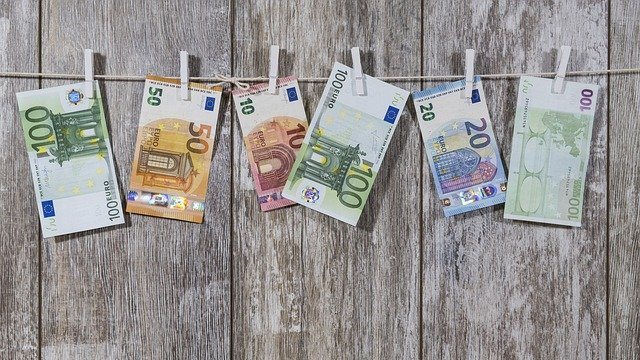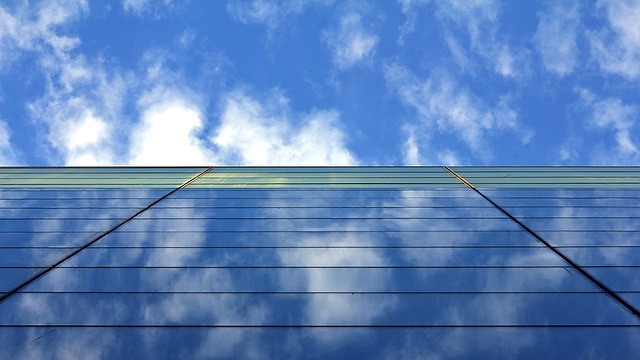House sales to top half a million units in 2017 for the first time since 2008
Residential property prices will rise 4.3% and new home construction will grow by 20% to 74,000 units
BBVA predicts that property prices will rise by a further 3.5% in 2017
Half a million properties will be bought and sold in 2017 for the first time in nine years, since the start of the crisis in 2008, and this will also represent a 12% increase with respect to the 445,000 homes that will be sold by the end of 2016. According to the conclusions of a report on the Spanish residential sector undertaken by Servihabitat Trends, the property market will string together three consecutive years of growth and “consolidate” its recovery.
Notwithstanding, property transactions are boosted by the sale of second hand flats, given that these account for around 70% of the market. The lack of sufficient newly built property to meet demand following the housing slump of the last few years, is the main driver for the importance of the second hand sector.
In fact, out of the total transactions estimated for next year, only around 75,000 (15% of the total) will be new builds. Around 15,000 others constitute unsold stock from 2008 when the housing bubble that had built up over the first part of the last decade, burst.
A combination of an improved economy and the opening of the mortgage loan tap is the main reason for the growth in demand for property. Notwithstanding, market analysts from Servihabitat also detect a growth in demand from investors, who once again see property as a “safe haven” given the fall in profitability offered by other alternatives.
In this way, property sales will grow this year in all regions, led by Castilla y León, the Balearic Islands, the Basque Country and Madrid with rises of between 30% and 59%.
With respect to prices, these will rise in 2017, on average, by 4.3%, at a similar rate to the 4.6% predicted for 2016, owing to a lack of supply, above all in some areas such as large provincial capitals (Madrid, Barcelona, Málaga, Seville or Zaragoza), where price rises will be above the national average.
Residential construction takes off
With respect to new build supply, flat construction will grow by 20% in 2017, up to 74,000 units, following a 31% increase during 2016 when construction started on 62,000 flats. New home construction will also grow in all regions this year with the sharpest rises in Castilla y León and Aragón (70.5% and 49% respectively). In Madrid the growth rate will be 23% and 12.2% in Catalonia.
Despite this, and given the apparent lack of investment in transforming land not yet approved for the construction of new homes, Servohabitat rules out the creation of a new bubble in the sector. “There are no signs of it and the circumstances aren’t right”, Cabanillas assures us.
For the company, the property sector will come close to stabilisation in 2017 around levels considered normal for the Spanish market which, according to their figures, consists of sales of between 550,000 and 600,000 homes a year with annual price rises of between 3% and 4%.
Stock clearly falling
The stock of finished properties that remain unsold since the crisis started in 2008 when the bubble burst, will remain above 300,000 units until 2018 at least. This volume of unsold flats will remain at this level despite the fact that it will fall at an annual rate of 20% both this year and the one after. However, stock levels now represent less than a third of the maximum of a million flats reached during the crisis.
Furthermore, these are homes concentrated in certain areas and are mostly for use as a second residence, a niche that is currently outside the market as it does not match demand. To be precise, the Servihabitat report indicates that the surplus will fall below 400,000 flats to 388,000 units by the end of 2016. In 2017 it will fall by a further 18.8% to 315,000 units.




